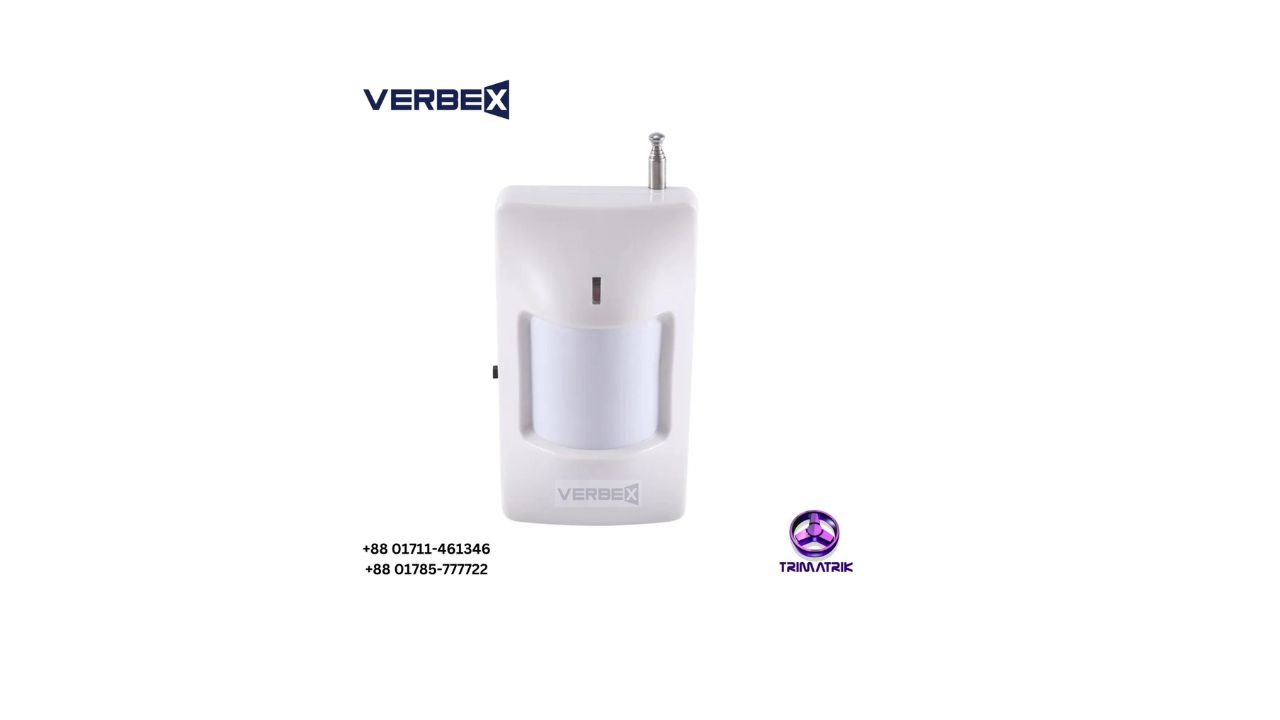


Motion Sensor Placement Guide for Home
Motion Sensor Placement Guide for Home
Motion sensors are essential components in modern security and home automation systems. They detect movement and trigger responses like alarms, lighting, or alerts. Strategic placement is key to maximizing their performance. This guide outlines the best locations—indoors and outdoors—to place motion sensors effectively.
Entry points are the most common routes for unauthorized access. Installing motion sensors near front doors, back doors, and accessible windows helps detect intrusions immediately.
Best Placement Tip: Position sensors to cover areas just inside doorways or directly facing window access points.
Hallways are transitional spaces that can connect multiple rooms. A sensor in these areas can detect anyone moving from one room to another.
Best Placement Tip: Install sensors at both ends of a hallway for full coverage.
Staircases allow access between floors and are often used during a break-in.
Best Placement Tip: Place one sensor at the top and another at the bottom of the stairs to detect both ascending and descending movement.
Rooms containing safes, expensive electronics, or confidential documents should be prioritized.
Best Placement Tip: Mount sensors where they can cover the entire room without obstruction.
Motion sensors along driveways and walkways can detect people approaching your home before they reach the entry points.
Best Placement Tip: Install sensors at eye-level facing walkways or entrances, with clear visibility.
Backyards and gardens are less visible but are common break-in routes.
Best Placement Tip: Position sensors in corners or near fences and gates to cover hard-to-see areas.
Beyond the front door, homes may have side entrances, garage doors, or gates. These are potential weak spots.
Best Placement Tip: Mount sensors above or beside these alternative access points to detect movement effectively.
Garages and sheds often hold expensive tools, bikes, or equipment.
Best Placement Tip: Place sensors at the entrance and inside the space for full detection coverage.
The detection range should match the size of the area being monitored.
Indoor Use: Use short to medium-range sensors for hallways and rooms.
Outdoor Use: Choose long-range sensors for yards and driveways.
Improper sensitivity can cause false alarms or missed detection.
Low Sensitivity: Ideal for pet zones or low-traffic areas.
High Sensitivity: Best for high-traffic areas like hallways or main entrances.
Avoid placing sensors behind objects like curtains, plants, or furniture that block their line of sight.
Best Practice: Install sensors in corners or high on walls for optimal coverage.
Outdoor sensors are vulnerable to weather-related issues.
Best Practice: Install them under eaves or shelters to prevent rain, wind, and direct sunlight from affecting performance.
Many motion sensors can be integrated with smart platforms like Alexa, Google Home, or smart security hubs. This enables automated actions and remote control.
Automated Response: Motion detection can trigger alarms, cameras, lights, or smart locks.
Remote Monitoring: Receive real-time alerts on your smartphone, even when you’re away from home.
Also, when planning your setup or upgrading to smart systems, it’s wise to compare the Motion Sensor Price in Bangladesh to find options that match your budget while meeting your security needs.
Correct placement of motion sensors is crucial for creating an effective home security system. Focus on vulnerable areas such as doors, hallways, staircases, and outdoor entry points. Adjust the range and sensitivity settings based on location, and integrate with smart systems for added control and automation. Before purchasing, don’t forget to explore the current Motion Sensor Price in Bangladesh to get the best value for your investment. With proper installation and planning, motion sensors can significantly improve your home’s safety and efficiency.
Yes, many motion sensors are designed for outdoor use. Just ensure they are weather-resistant and installed in sheltered locations.
Adjust sensitivity settings and avoid placing sensors where pets frequently pass. Dual-technology sensors can also help.
Yes, most modern sensors can integrate with alarms, cameras, and smart home platforms for enhanced functionality.
